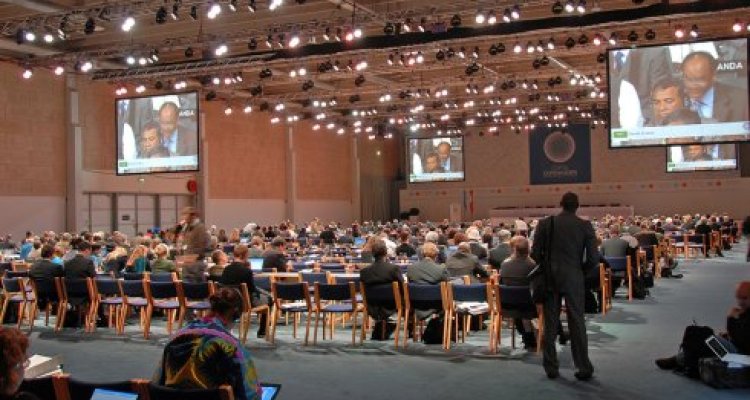
Governance of REDD+
The idea of REDD+ is simple, but its scope and scale are complex, as it involves various stakeholders at different levels of decision-making. This poses various challenges for policy design and governance.
How REDD+ can balance complexity of scope with simplicity of design is a key challenge
Ready for REDD+? Policy and governance of REDD+
REDD+ activities take place at different levels. At a global level, negotiations are underway to design a worldwide scheme for REDD+, under the umbrella of the UNFCCC; and to incorporate a REDD+ mechanism in a successor agreement to the Kyoto protocol. Progress was made during the Copenhagen Convention on Climate Change, but a multilateral agreement is not likely in the near future.
At a national level, many developing countries are preparing for future participation in a worldwide scheme. The Forest Carbon Partnership Facility (FCPF) of the World Bank and the UN-REDD program are providing financial support to countries to prepare themselves through capacity-building and the development of technologies.
At a local level, voluntary projects have already been started, in which companies invest in forest conservation outside the framework of a worldwide (UN) scheme.
‘Given its multi-scale nature, it is essential that REDD+ policy is coherent across policy levels, says Aarti Gupta, Associate professor of the Environmental Policy Chair Group; ‘from local governments in developing countries to the United Nations,’ she continues. For example, agreements are needed to prevent forest conservation in one area leading to deforestation in another; or for a company to get CO2 credits while local inhabitants lose their rights to use the forest. Wageningen UR researchers are investigating the effects of REDD+ policies on national forest governance in India, for example.
Gupta is also interested in the politics of carbon accounting systems for REDD+, which includes systems for monitoring, reporting and verification: ‘Accounting for forest carbon stock changes in tropical forests requires technical expertise, capacity-building, financial resources and local knowledge. How these elements intersect, and who decides on the scope and design of such accounting systems are political choices, even as they are sometimes portrayed as technical matters.’ To what extent should co-benefits like biodiversity and local livelihoods be included in REDD+ accounting systems and who should decide this are also questions that will shape the future success of REDD+, Gupta argues.
Designing and implementing the REDD+ mechanism raises various technical, ecological and social questions, which require interdisciplinary research. Wageningen University is uniquely well-positioned to provide such interdisciplinary perspectives, as it has many of the relevant disciplines under one roof.